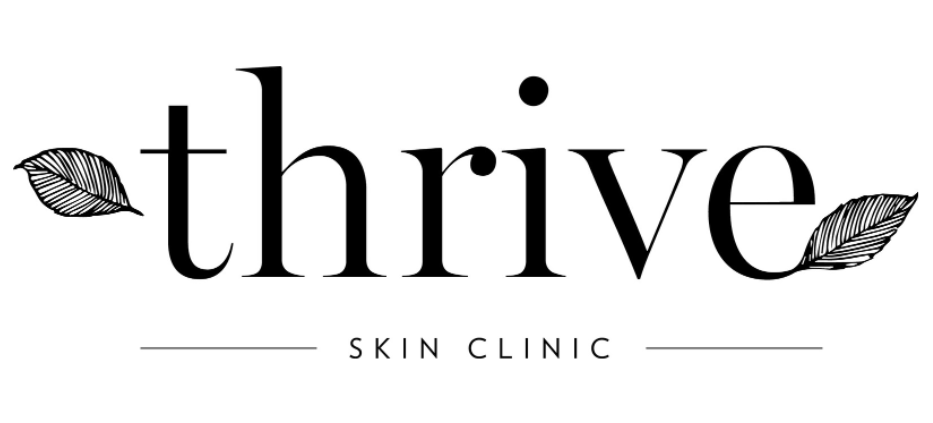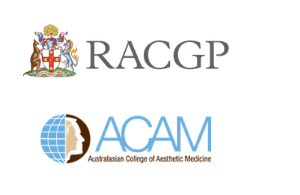Getting 💉dermal fillers in your 40s - a personal account
/IT’S TIME TO TAKE A FRESH LOOK AT FILLERS
As an ordinary 40-something professional, I had a serious aversion to dermal filler. The word “filler” evoked images of pillow and puffy faced, amorphous women.
Fake faces, overfilled and definitely not the look I want as I age (gracefully)!
I had no desire to be that middle-aged person with ‘work’ you could pick a mile away. Instead, I kept my focus on maintaining healthy skin with a prescribed homecare routine, and the recommended skin treatments to induce collagen and elastin production, like Tixel and a monthly laser facial. My skin was great, but as time went on, I noticed my face changing - and on a bad day I’d call it almost drooping - my top lip became thinner, my cheeks started to look flat, and the crease between my nose and mouth heavier, making me look sad and tired.
I booked a consultation with Dr Grant to find out what she would recommend, wondering if there was a certain device, or a new cream, that might work. But after she assessed my face, she explained that these changes of ageing are expected, and due to a complex mix of some thinning skin, laxity, and reduced volume in the face in certain supporting structures. It made sense, then, that I’d need a solution that specifically addressed these issues.
I was vaguely horrified when I heard the words ‘dermal filler’. However, before I ran screaming, Dr Grant outlined the approach Thrive embraces: small tweaks across the mid and lower face, to support the face’s natural structure and balance. She assured me that only the volume that had been lost over the years would be replaced, leaving me looking like… well, me. The adjustments are so subtle that they could almost go unnoticed individually; but in combination turn back the clock almost immediately. The result, she explained, looked natural, and was customised to each unique face.
Dermal fillers aren’t new, but the composition and techniques used to inject them have advanced substantially over the last 50 years. Developed in the 1970’s, the first fillers were bovine (cow) collagen-based: dense, and often provoking an inflammatory response as the body responded to foreign material. In the early 2000’s the game changed with the approval of hyaluronic acid (HA) products. HA occurs naturally in our bodies, and as well as lasting much longer than the old collagen fillers, they are much safer and impart a vastly reduced inflammatory reaction. Now, the newest generation of HA fillers come in a range of different densities, allowing clinicians to target specific issues and areas of the face, supporting dynamic movements and mimicking underlying structures like fat or bone in the face. Thicker fillers enhance structure and provide definition, for example for the cheekbone and jawline. Softer fillers add volume to lips and can infill lines. Superfine fillers, called skin boosters, are even used to hydrate the skin and improve strength and texture, and are great for mild acne scarring or fine lines. And the developments in injecting techniques, such as the use of micro-cannulas means increased safety and less bruising.
Dr Grant asked about my underlying concerns and ideas of dermal fillers, and addressed them each in simple terms, showing me small areas of volume depletion that could be improved with fillers . I was definitely warming up to the idea of dermal filler after this, and wanted more information.
Dr Grant explained the treatment process like this: Consultation comes first, to review medical history and ensure there are no excluding factors, like immune disorders or pregnancy. The next step is a full facial assessment. This is a detailed examination of skin integrity, volume loss, laxity and loss of skin strength. The proportions, symmetry and structure of the face are assessed as a whole, not just as a sum of its parts. This holistic approach avoids the error made when a clinician treats just one element - like the lips - but in doing so throws the balance of the face as a whole off and creates an unnatural look. Dr Grant explained that these days, filler may also be used in particular areas we may not have even considered - like the jawline or just in front of the ear to reduce jowling, or the temples to soften the appearance of a thinner face as we age. Dr Grant also informed me of other alternatives to that might be suitable such like injectable biostimulators, such as Sculptra, which work gradually to increase collagen in the skin improving not only volume loss, but also improving skin laxity and skin quality. This option is appealing to more and more patients as it imparts a gradual and natural collagen response, that lasts for years. I had never heard of this option! She also discussed Platelet Rich Plasma and Ultraformer III as more natural alternatives to improve global skin health and laxity. I could clearly see the art and science of modern aesthetics in action.
After assessment, a series of appointments are booked 1-3 months apart. Sometimes only two sessions are needed, sometimes more, depending on the plan. This ‘tweakments’ approach allows for swelling to settle before any further volume is added, and also means that the client can feel comfortable that changes are small and unlikely to cause unwanted comment at work or anywhere else. It also helps with budgeting too.
For me, this meant a series of three short appointments. Using a combination of injection techniques, the first two sessions focused on the lip and perioral area around my mouth, and the third was to treat cheek creases where they met the sides of my nose. These little spots themselves had never bothered me, but Dr Grant assured me that by adding a small amount of volume there, it would address the concerns I had voiced, without looking fake.
After photos were taken to document the result of each treatment, numbing was applied, and Dr Grant worked quickly as the detailed plan was already in place. For some areas, she used a micro-cannula and lidocaine, a local anaesthetic, was preloaded with the filler product selected. Even though I’m pretty sensitive and tend towards the jumpy, I’m happy to say it was AOK. And came back for the next two short appointments!
I had some swelling immediately after the first lip appointment that meant I kept a low profile for the first 24 hours, subsiding over the next few days. A patch of bruising appeared above my top lip but was coverable by makeup and didn’t stop me from doing any of my usual activities. It was completely gone after a week. I didn’t have any real swelling or bruising after the following appointments, but was prepared, as Dr Grant advised it as a usual consequence of this treatment.
Reassuringly, the entire process was treated just like any other medical procedure. I had before and after photos taken each appointment, and considerable time was spent reviewing the pros and cons of the procedure, making sure that I fully consented to the treatment. Dr Grant discussed several rare side effects and how we would manage these if they occurred. Moreover, she gave me her personal number after the procedures to directly contact her if I had any concerns. I felt I was in the safe hands of a highly trained and experienced professional.
I was even offered a course of medical-grade LED treatments to help reduce swelling and bruising, all as part of my package. This inclusion was a nice touch that not only helped promote fast healing, but was also great for my skin!
And the final result?
Lots of compliments on how well I looked, and more than one question asking if I’d cut my hair. Even my close friends couldn’t put their finger on it. I looked and felt fresher, younger, and absolutely still like myself. I bought lipstick for the first time in years, and actually wore it.
I’ll still be looking after my skin health and promoting collagen production. But as the big 50 gets closer, I’m happy to say I’ve made friends with a little filler, used the right way.
DISCLOSURE: This article was an honest account written by Helen James, a journalist with Black Horse Communications and one of our receptionists at Thrive Skin Clinic. Her treatment were not free or endorsed. and the story was written as Helen’s own in order to share her real experience having a treatment with a qualified Cosmetic Physician.






